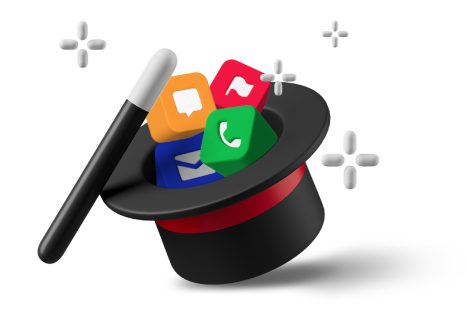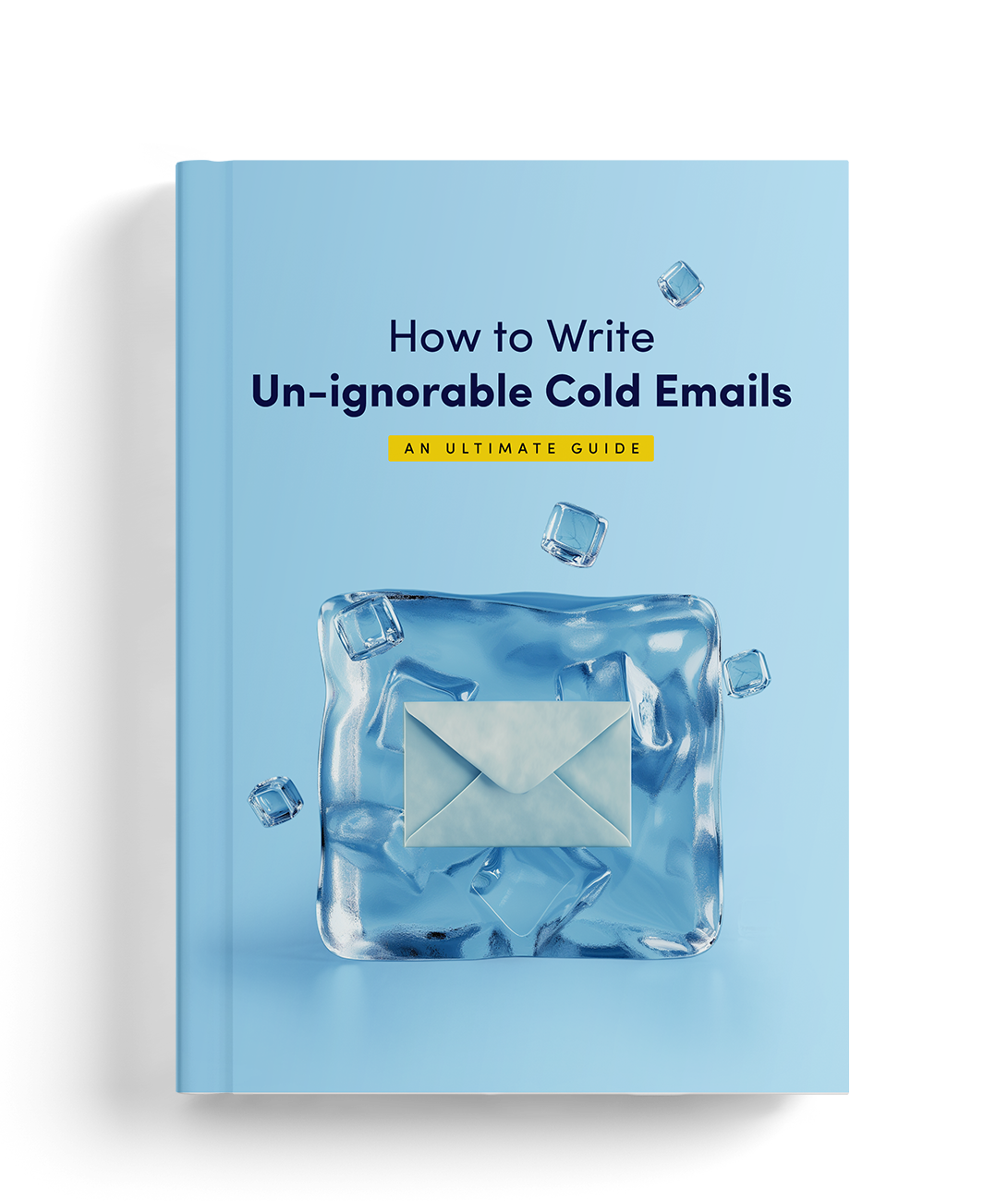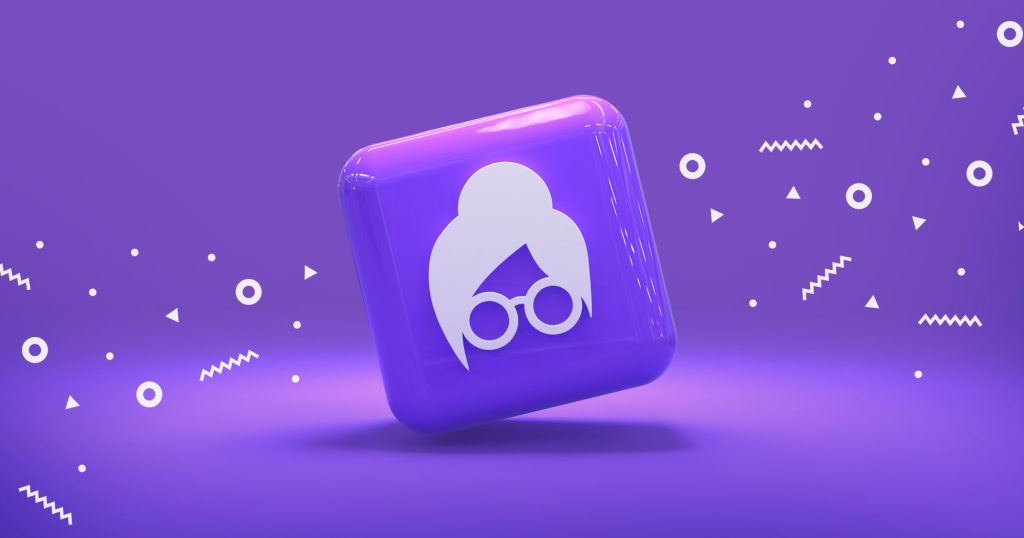Brrrr! It’s cold out there, and I am not talking about the weather.
Prospecting, especially when it comes to outbound lead generation, can be brutal. It’s full of enough cold shoulders and icy rejections to make even the most seasoned sales professionals second-guess their career paths.
In this guide, we’ll thaw the chill of cold prospecting, transforming it into a process that warms up your leads and sets the stage for a fiery sales pipeline. As we navigate through each step, from segmenting your prospects to setting clear expectations, remember that this journey is as much about the process as it is about the destination. Each process is an integral part of a larger strategy, a cog in the machine that drives your outbound lead generation engine.
So, bundle up and get ready to turn the cold unknown of prospecting into a well-trodden path to success. With the right tools, tactics, and a touch of empathy, you’ll not only reach your destination but enjoy the journey along the way. Let’s dive in and discover how you can turn your cold prospects into sales-ready leads.
![How to Turn Cold Prospects into Sales-Ready Leads [7 Easy Steps] How to Turn Cold Prospects into Sales-Ready Leads [7 Easy Steps]](https://reply.io/wp-content/uploads/turn.prospect.into_.leads_-1080x567.jpg)





![New in 2025: Reply.io Teams Up with Persana AI [+Live Webinar] New in 2025: Reply.io Teams Up with Persana AI [+Live Webinar]](https://reply.io/wp-content/uploads/persana.io_-1024x538.jpg)
